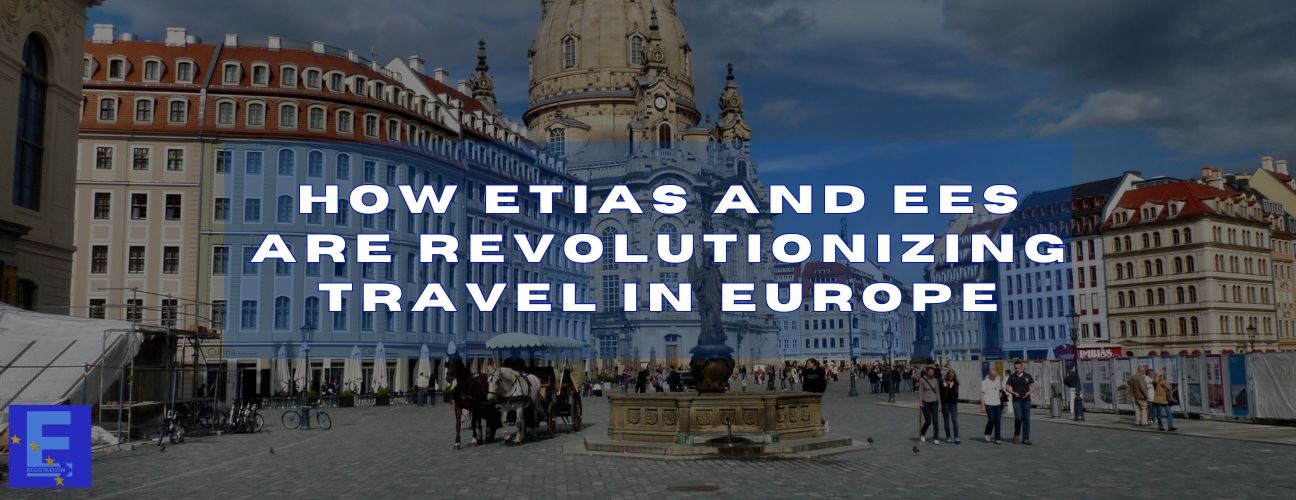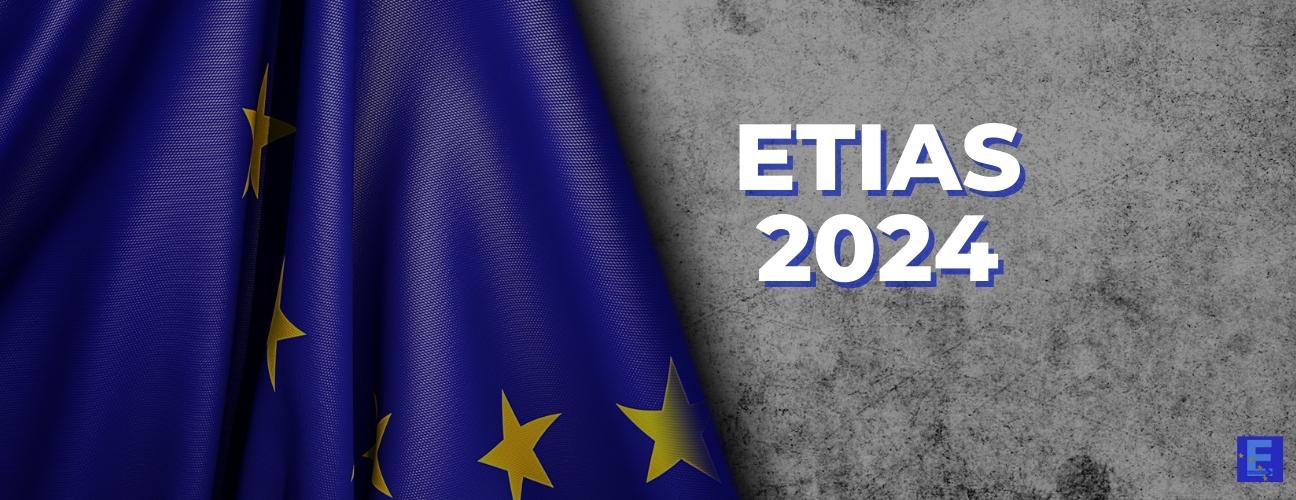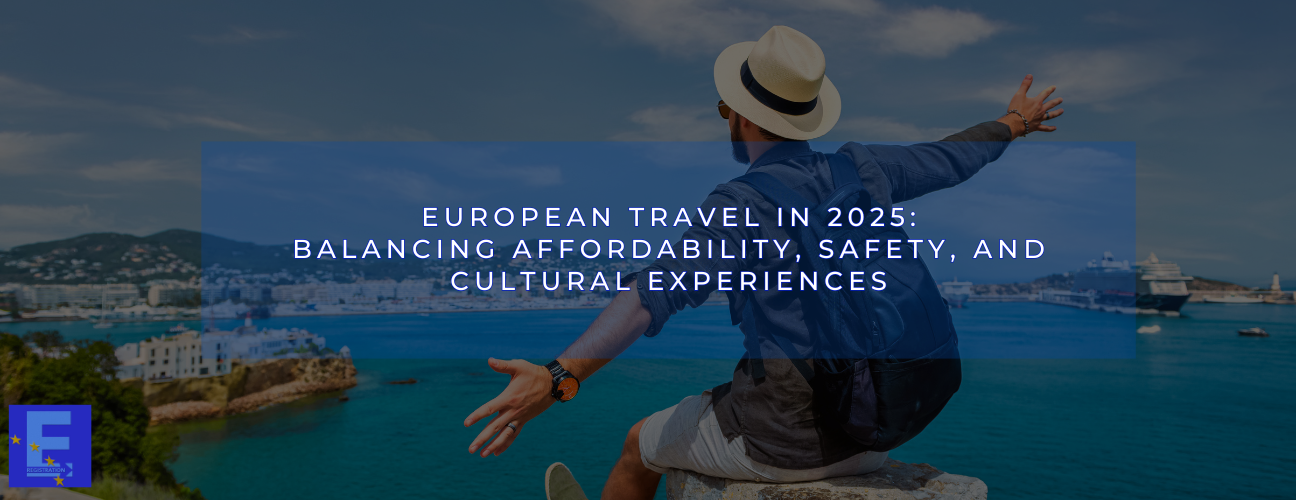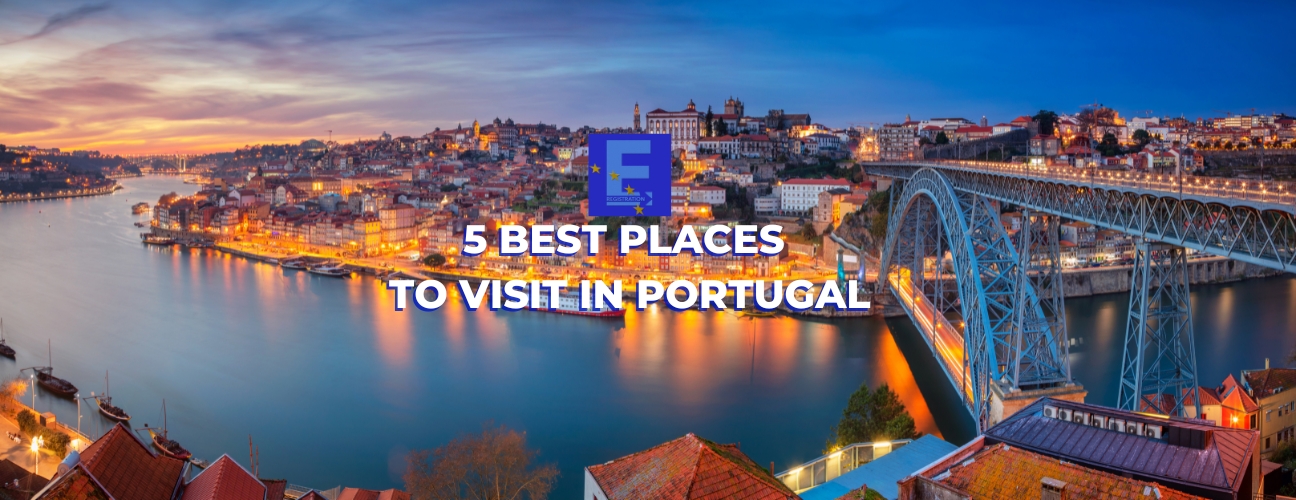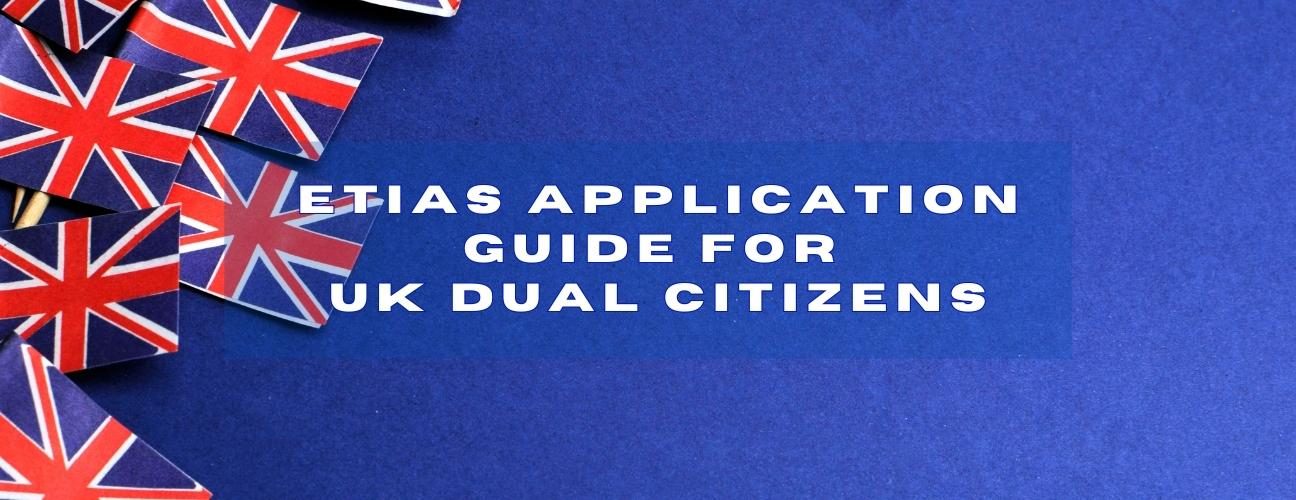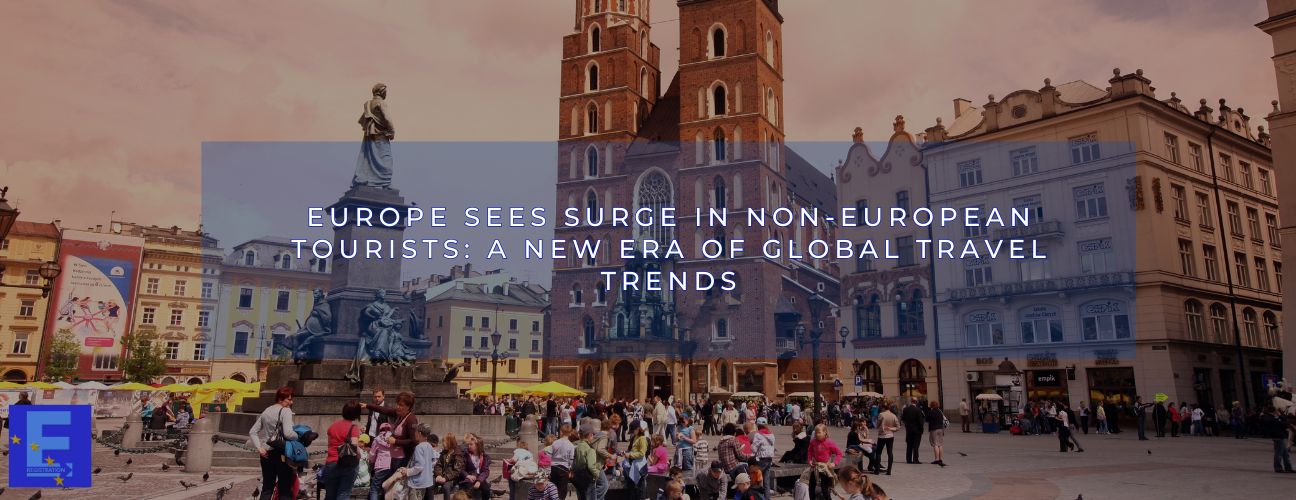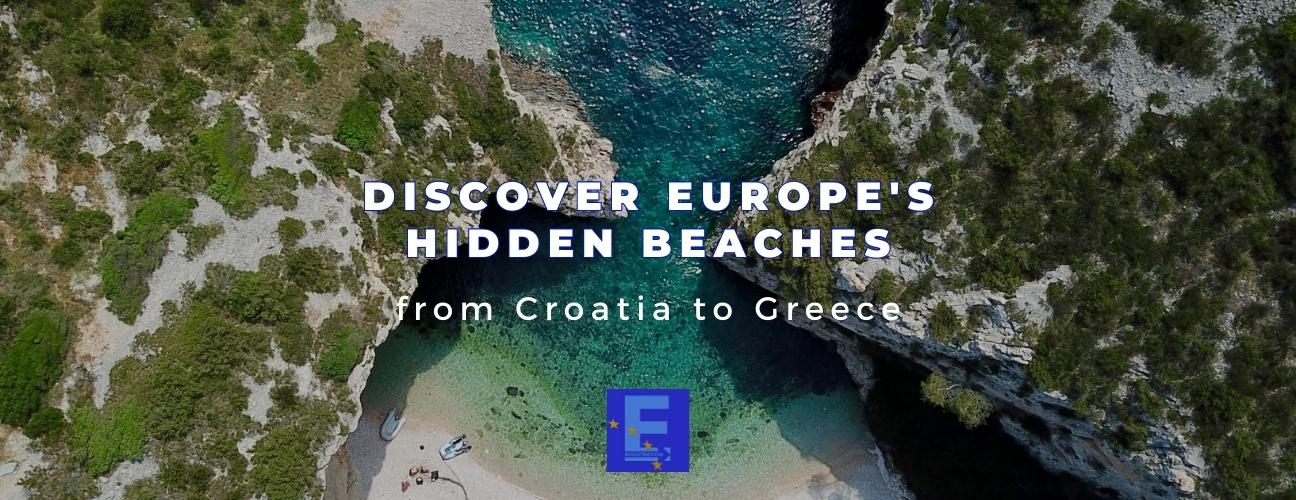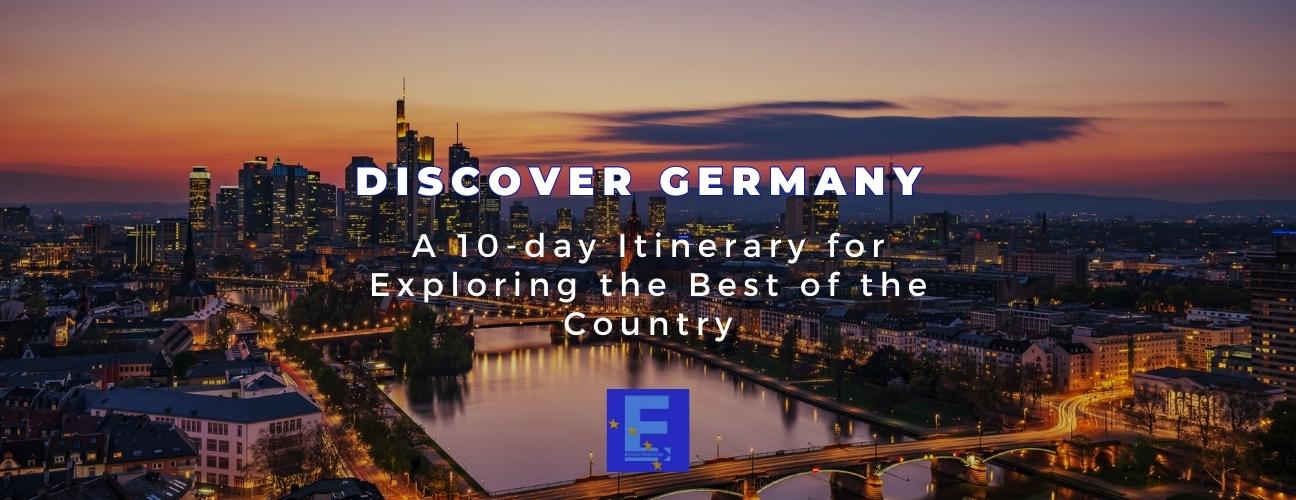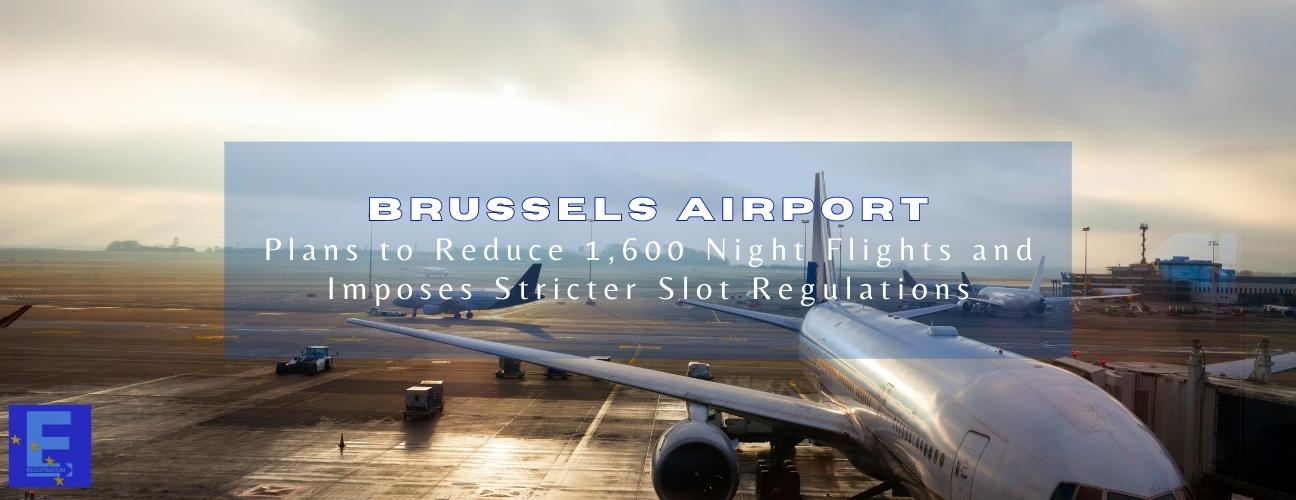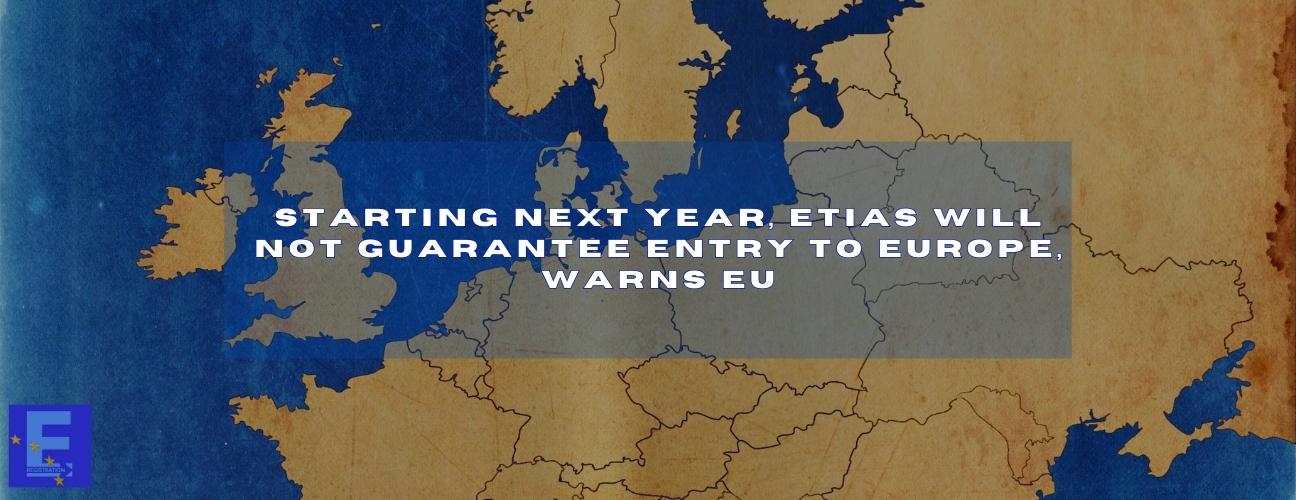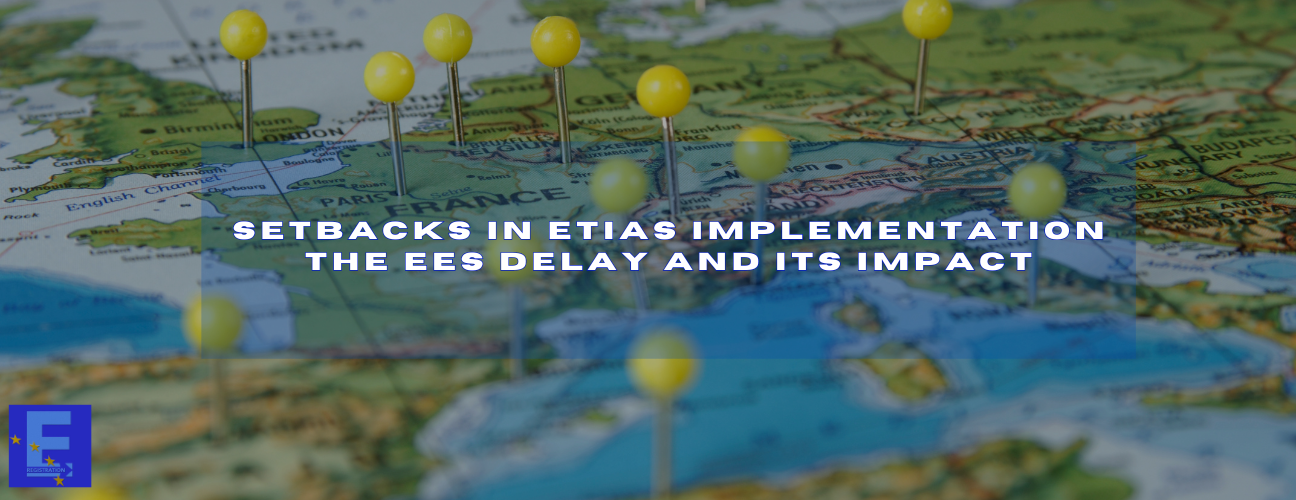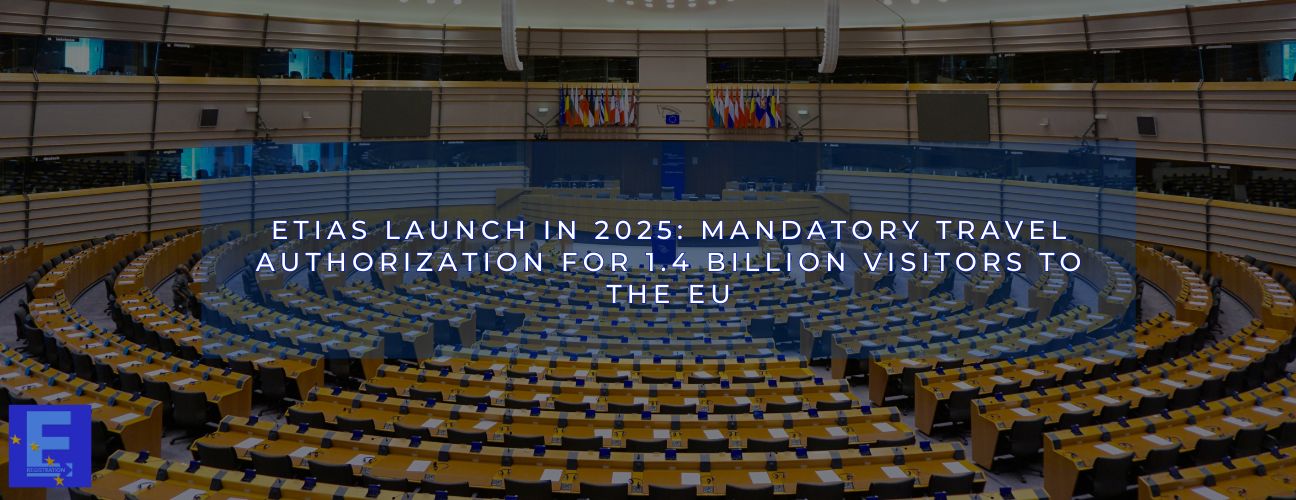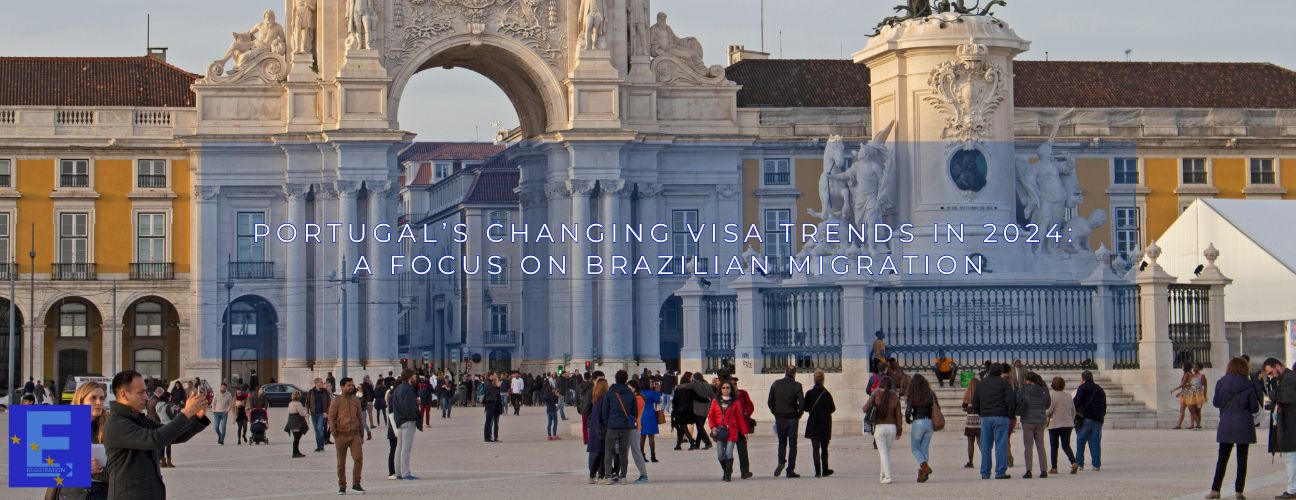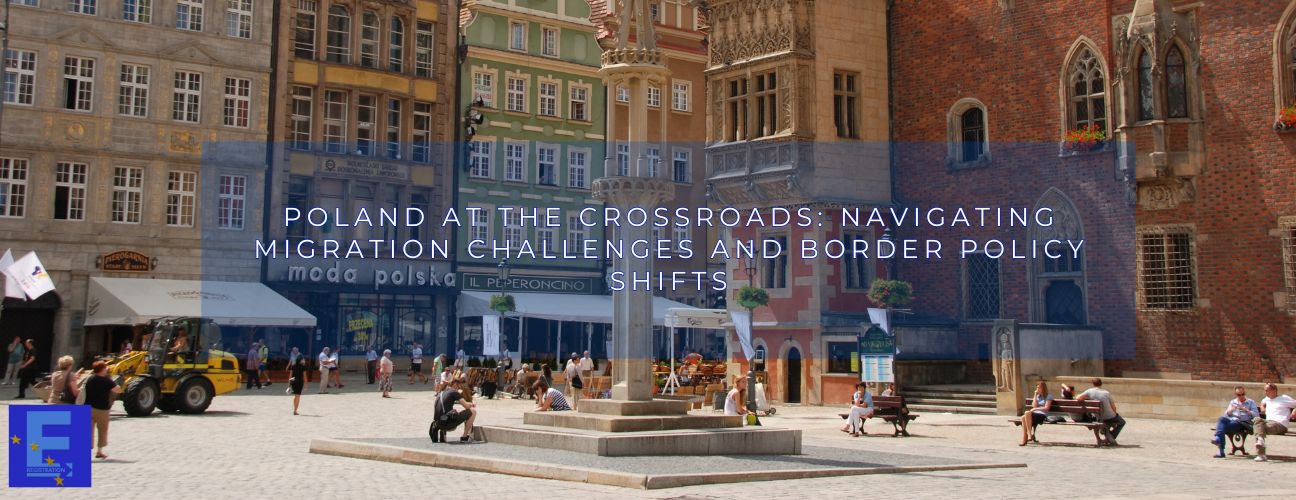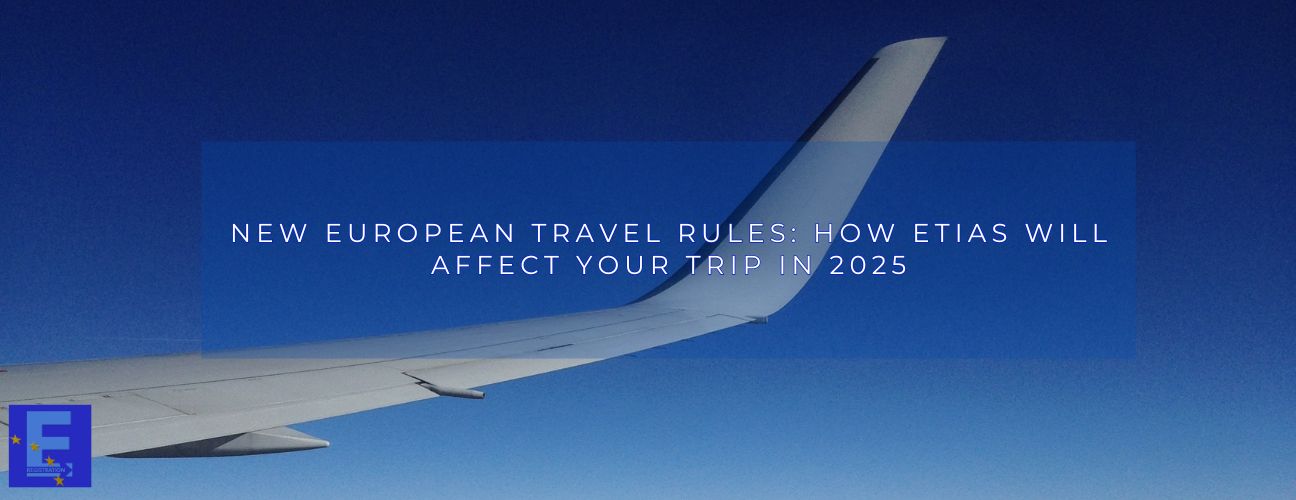European tourism is on a strong recovery path, with significant growth in both foreign arrivals and overnight stays during the third quarter of 2024. Despite inflationary pressures straining budgets, travelers remain steadfast in their commitment to vacations, driving demand even amid global economic uncertainties.
Tourism Surges to New Heights
The European Travel Commission (ETC) reports a 7% increase in foreign arrivals and a 5% rise in overnight stays compared to the same period last year. According to the ETC’s latest report, European Tourism Trends & Prospects Q3 2024, popular events, expanded flight availability—especially from China—and steady demand have pushed tourism metrics above pre-pandemic levels.
Foreign arrivals have surpassed 2019 figures by 6%, showcasing an enduring enthusiasm for European destinations despite inflation’s impact on spending.
ETC President Miguel Sanz commended the sector’s resilience, noting, “The performance of European tourism in 2024 underscores its enduring appeal. For many, travel remains a priority despite rising costs.” Sanz also highlighted Europe’s strategy of promoting lesser-known destinations to evenly distribute visitors, reduce overcrowding, and extend economic benefits.
Rising Costs Shape Traveler Behavior
Although inflation has eased in some sectors, costs for accommodations and vacation packages remain high, influencing both tourists and businesses.
Airfare within the Euro Area dipped briefly in July but rebounded in August, while accommodation prices continued to climb. Despite these increases, Europe’s tourism spending is projected to grow over 10% in 2024, reaching €719.7 billion. Western Europe is expected to account for 74% of this expenditure, as travelers prioritize their journeys by adjusting budgets or seeking affordable alternatives.
Southern Europe Outpaces Growth
Southern Mediterranean Europe has emerged as a standout performer. Countries such as Serbia and Malta saw visitor arrivals increase by more than 30%, while Portugal and Greece recorded 19% growth. Turkey, however, faced tougher competition due to rising prices.
In contrast, Northern and Eastern Europe’s recovery has been slower. Destinations like Finland, Romania, and Slovakia are still lagging behind 2019 visitor levels. However, promising year-on-year growth is evident in some areas, such as Romania (up 12.8%) and Latvia (up 12.7%).
Flight Availability and Flexible Lodging Drive Growth
European air travel demand rose by 3.4% during the summer months of Q3, despite disruptions caused by strikes and cybersecurity issues. Nearly 40% of passengers faced delays or cancellations, highlighting persistent challenges in the sector.
Hotel revenues also improved, with revenue per available room (RevPAR) up nearly 6% compared to last year. Meanwhile, short-term rentals surged by 11%, driven by strong growth in France and Italy. These trends suggest travelers are increasingly drawn to flexible and cost-effective lodging options.
Managing Overcrowding and Sustainability
The resurgence of tourism has boosted Europe’s economy but brought challenges, including overcrowding and environmental strain in popular destinations. Many countries are guiding travelers toward lesser-known locations. For example, Albania and smaller Spanish cities like El Hierro and Sevilla are gaining attention as alternatives to traditional hotspots such as Ibiza and Tenerife.
These efforts aim to protect natural and cultural heritage while maintaining sustainable tourism practices.
Balancing Tourism Growth and Policy Changes
While Europe continues to attract visitors, inflation has prompted tourists to carefully budget their trips. The upcoming launch of the European Travel Information and Authorization System (ETIAS) adds a new planning step for travelers. Though designed to improve security and efficiency, it may influence some visitors’ choices.
Economic pressures also affect the tourism workforce. Seasonal job opportunities are expected to grow, but high living costs in popular areas could deter potential workers. Balancing tourism growth with fair immigration policies and affordable housing solutions will be crucial in supporting the industry’s labor needs.
Sustaining Growth Amid Challenges
Europe’s tourism sector is thriving, reflecting the region’s unmatched appeal. However, the surge in visitors, combined with rising costs and environmental concerns, underscores the importance of long-term sustainability strategies.
Policymakers must address key challenges, including uneven visitor distribution, environmental protection, and regional development, to ensure tourism’s continued success. As Europe adapts to shifting traveler needs, its ability to balance growth with sustainability will shape its role in global tourism for years to come.


